Lakes, Streams, Rivers and Coastal Waters in addition to other things, are for play – to fish in the water, swim in the water! You long for those summer days to float on the lake, swim in the pond, fish the river, jump into the ocean. What simple pleasures these can be – what memories they contain.
Our waterways have become, or are becoming unusable due to the growth of algae blooms in the water. Lake Erie, The Mississippi River, The Gulf Coast, The Red Tides of the Florida and New Jersey Coasts have all experienced this dreadful problem. This crud found in the algae bloom cuts off the Oxygen to the water and kills off aquatic life in the water. The crud also has known harmful physical impact to humans like vomiting, rashes and some neurological diseases.

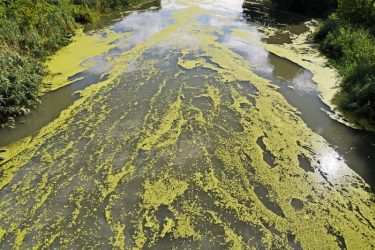




The primary cause of these algae blooms is known: run off into the waterway of nitrogen, phosphorous, other fertilizers and in some cases human factors. This run-off occurs when the soil is crusted or compacted and after a heavy rainfall the water on the agricultural land or gardens runs-off of the land taking the nitrogen and phosphorous with it.
But just as the cause of these algae blooms is known, so are solutions.
Help us bring these lakes, streams, and rivers back to life!
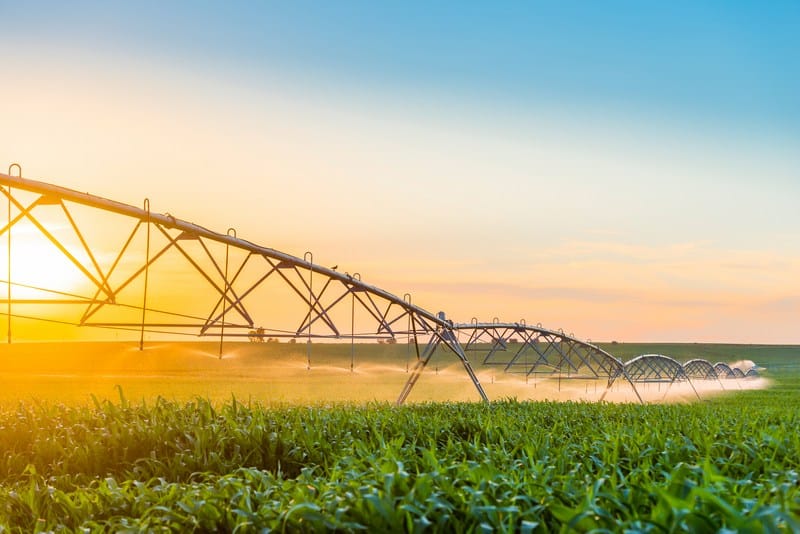
Agriculture currently uses roughly 70% of all freshwater withdrawals in the world today; primarily due to irrigation. By 2030 the United Nations estimates ½ of the world’s population will live in high water-stress locales3. Another study predicts that by 2040 there will not be enough water in the world to quench the thirst of the world’s population and its energy needs (energy is the second largest user of water)4.
Given that agriculture requires so much of the world’s freshwater, agriculture will need to find solutions to use less water.








Irrigation Water Has Other Issues: Most irrigation water today comes from snow melt, underground aquifers, or reclaimed water. Although these are helpful sources, they are not without their own issues. Snowmelt often lacks enough salts and therefore leeches needed calcium below the roots, resulting in less robust plants. Underground Aquifer water and reclaimed waters often have the opposite problem – too much salt. Too much salt stunts the growth of the plant.
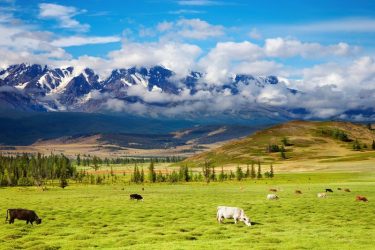
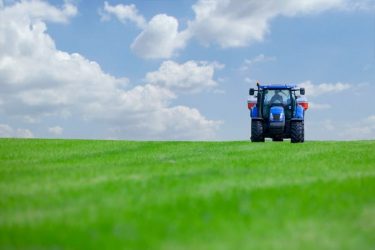
- Replace the lost calcium caused by the leeching in a low salt irrigation water environment;
- Create a cation exchange reaction (in water with too much salt) whereby the calcium is solubilized as calcium sulfate which replaces the salt, leaving a soluble sodium sulfate in the water which is then leeched out.
Then, there is the cost to buy water. In some cases, access to water is regulated and comes with a significant cost. Just think of the savings if you could reduce your irrigation water requirements 30%?
In times of water scarcity, it’s time for better soil; its time for EcoGEM, LLC’s Soil Enhancer!





Water in Regenerative Agriculture
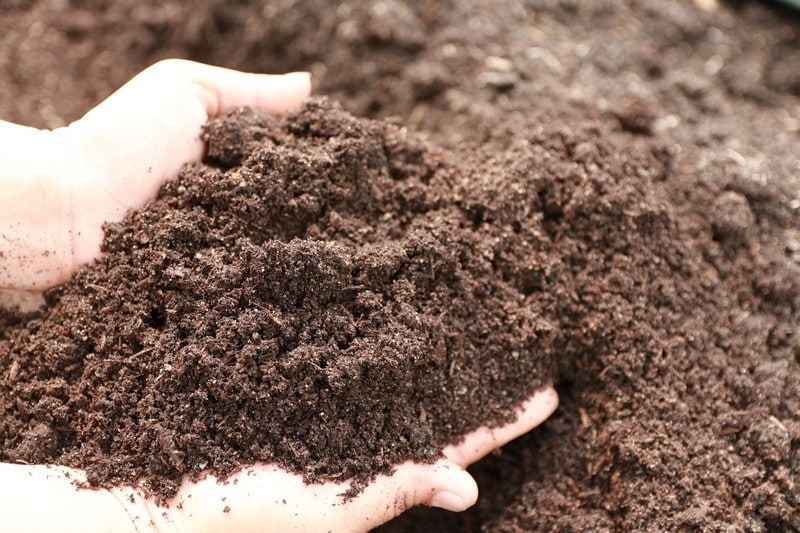
It is no secret that healthier soil can hold more water, increase resilience to flooding and droughts and supply more nutrients to plants. And for this reason, we address water in regenerative agriculture at EcoGEM. Communities, crops and animals rely on water in regenerative agriculture for basic survival. With water in regenerative agriculture, it helps to maximize water use efficiency in irrigated and rain-fed systems.
By adding calcium sulfate dihydrate to your land, you can improve both the porosity and structure of the soil. This process enhances the infiltration of water into the soil and minimizes the excess of run-off of nitrogen and phosphorus.
Our water in regenerative agriculture solutions address:
- Farming water run off
- Efficiency of water
- Reduce irrigation water requirements
- Replace lost calcium in soil
To learn more about water in regenerative agriculture, get in touch with EcoGEM today!
(303) 500-6944
Regen Ag and Water
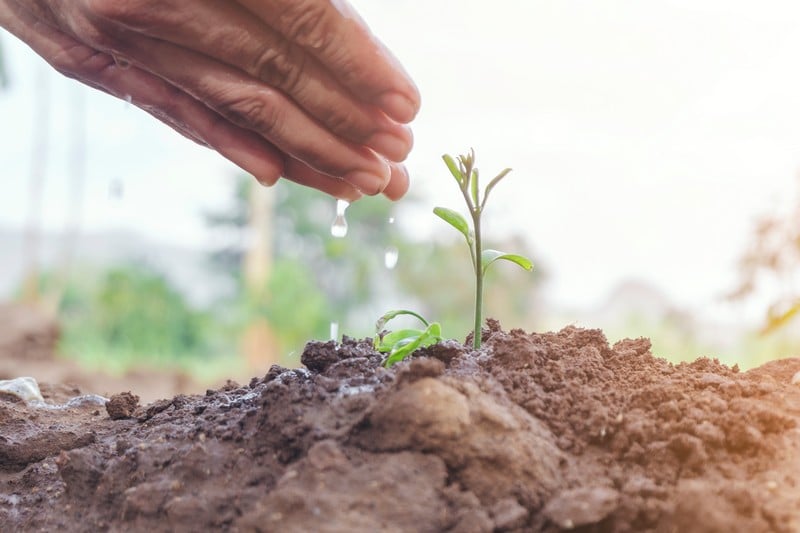
Healthy soil gives strong yields and crops that are rich in nutrients. With the practice of regen ag and water, water is improved in quality on and off of the farm. The climate crisis is helped when regen ag and water is practiced because it pulls carbon from the atmosphere and sequesters it in the ground.
Our rehabilitation and conservation approach of regenerative ag and water for food and farming systems focuses on topsoil. We focus on the regeneration, increasing biodiversity, improving the water cycle, supporting biosequestration, increasing resilience to climate change and enhancing ecosystem services of topsoil. This is made possible with our calcium sulfate dihydrate application.
Benefits of regen ag and water practices includes:
- Regen ag and water is more efficient
- Regen ag and water improves soil health
- Regen ag and water gives nutrient-rich crops
- Regen ag and water diminishes erosion
For the practice of regen ag and water, contact EcoGEM.
(303) 500-6944
Farming Water Run Off
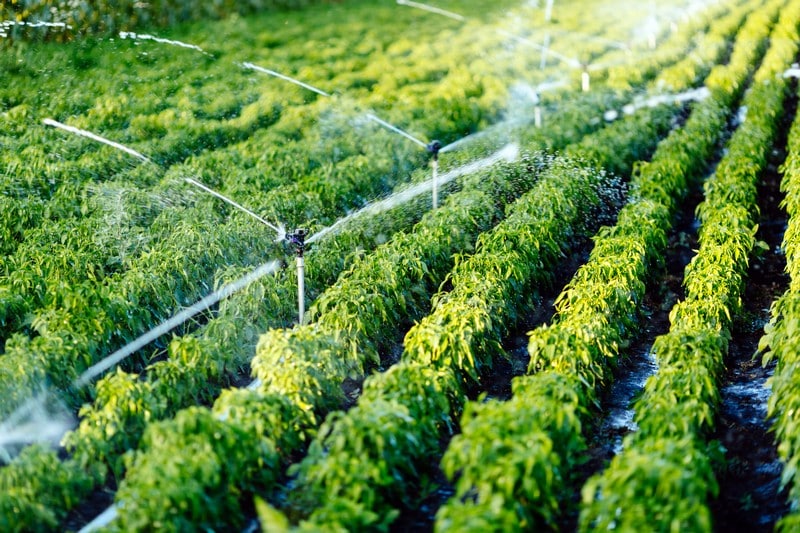
Farming water run off is water from farm fields due to rain, melted snow or irrigation that flows over land and is absorbed into the ground, enters bodies of water or evaporates. One of the most common sources farming water run off is soil that is washed off in fields. Algae blooms and depleted oxygen is caused when soil particles are contaminated with heavy metals and washes into the water bodies.
We offer a solution for addressing farming water run off with applying calcium sulfate dihydrate. By applying this water in regenerative agriculture solution, you can control the volume and flow rate of run off water and keep the soil in place, reducing soil transport. Come to us when you are looking for farming water run off solutions and the following:
- Greenhouse gas sequestration
- Regenerative agriculture solutions
- Agriculture carbon capture
- Soil carbon sequestration
We have the farming water run off solutions that you need at EcoGEM. Contact us today!
(303) 500-6944


1O’Brien, D. (2017) Using Gypsum to Help Reduce Phosphorus Runoff, USDA Agriculture Research Service-Research and Science Feb 21, 2017
2 Dr. Brent Rouppert
3 United Nations Human Development Report, 2006 UNDP
4 Aarhus University, Denmark, Winnie Axelson, Science Daily July 29, 2014
5 Oster J.D., (1982) Gypsum usage in irrigated agriculture: A review. Fertilizer Research 3, pp73-89 (1982).


